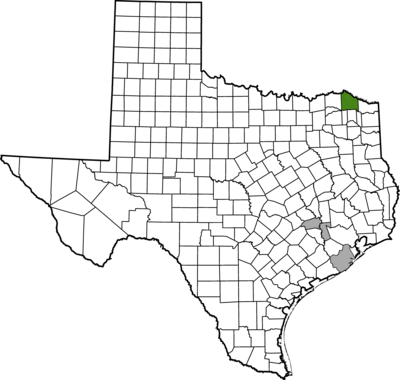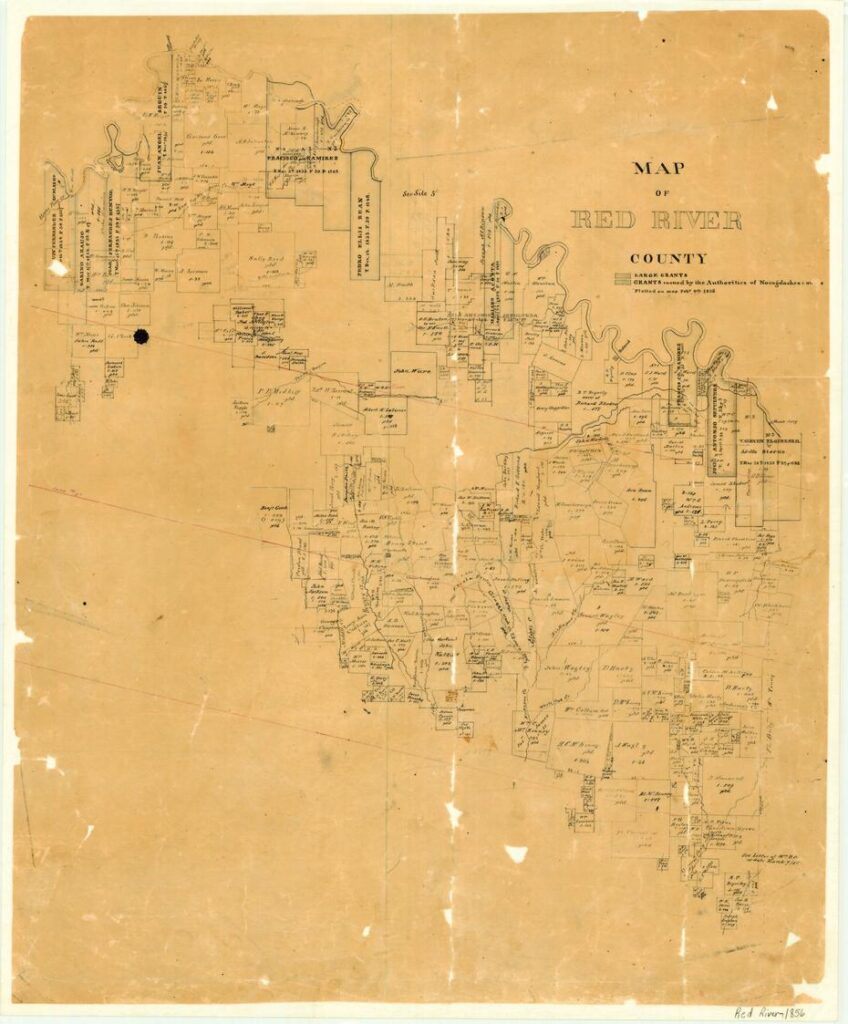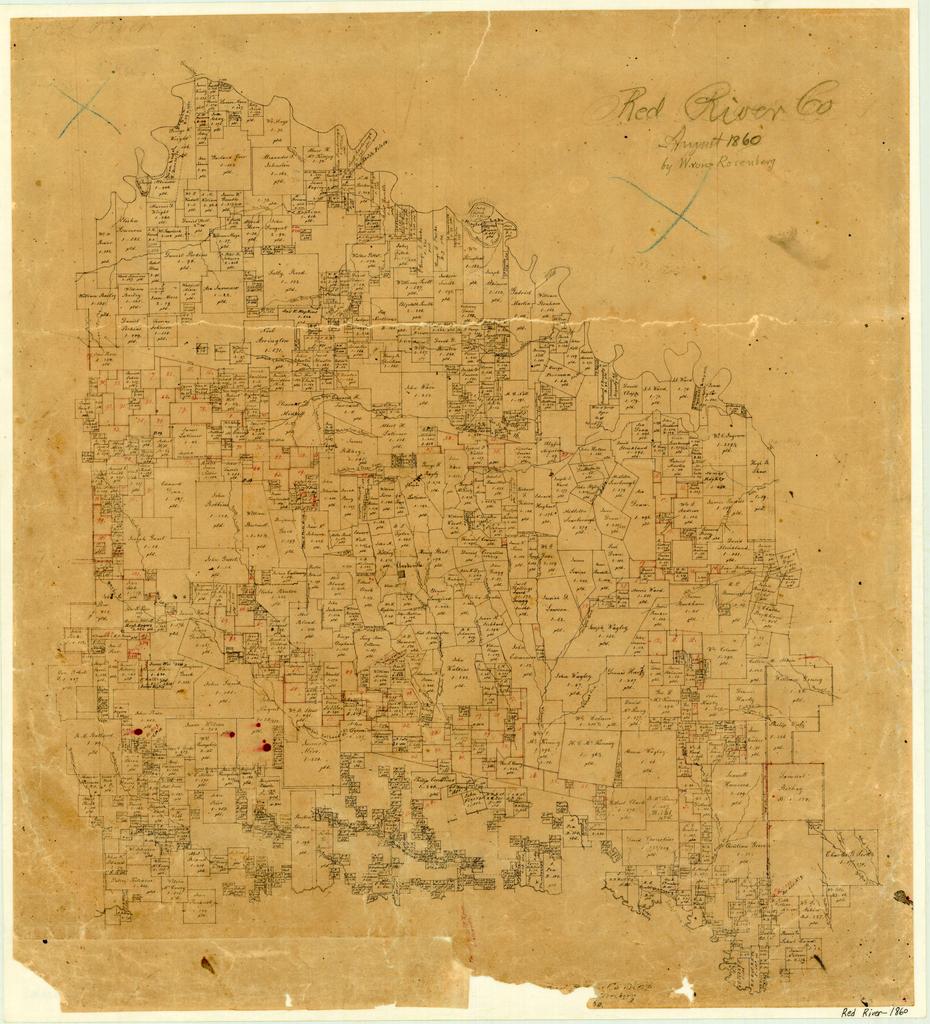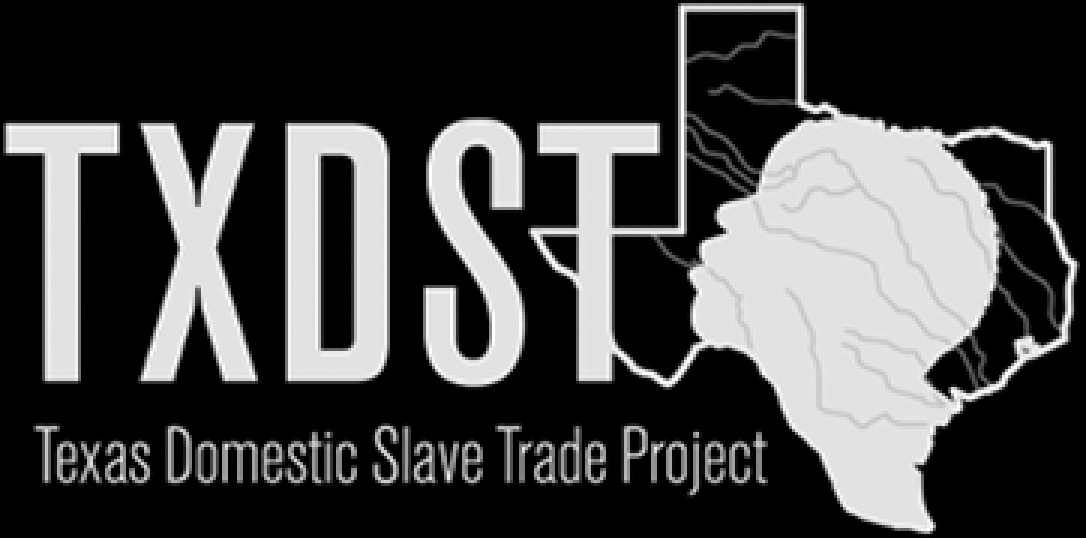
Red River County
Charting Routes and Connections
History: Slavery in Red River County

There is no single slave experience. In each household and on each farm or plantation, enslaved people’s lives were shaped by those who claimed and enacted mastery over them. Enslavers’ cruelty and violence, endemic to the system, manifested itself in countless ways—an omnipresent threat of physical, sexual, psychological violence, sale and separation, and perpetual trauma.
Their lives encompassed the full range of human experiences and emotion—pain and suffering, love, loss, loving relationships with family and fictive kin, moments of happiness, anger, depression, jealousy, and fear—all within a system that demanded their unrelenting toil and subjugation.

Slavery in Red River County, like throughout the United States, was pivotal to economy.
Like many western states, the population in Red River County swelled between 1850 and 1860, increasing 118% from 3,906 people to 8,535.
As Southerners moved westward in search of affordable land and better lives, they brought the institution of slavery with them.
By 1860, just over one-third of the 8,535 people who lived Red River County were enslaved. Here, like the rest of the South, approximately 25% of white families were slaveholders. Here, too, most enslavers owned fewer than ten people.
Approximately 6% of slaveholders in Red River County, those considered the elite planter class, enslaved more than ten people—and this small group of elite planters, enslaved almost two-thirds of enslaved people in the county.
These two plat maps show the dramatic growth in land ownership from 1856 to 1860.
As Southerners moved west, claiming lands for cotton cultivation, and expanding the reach of the market economy, the proliferation of the cotton economy fed the domestic slave trade—which many historians now call the Second Middle Passage.
During this time, historians estimate the approximately one million enslaved people were sold from the Upper South to the Deep South and Southwest.
